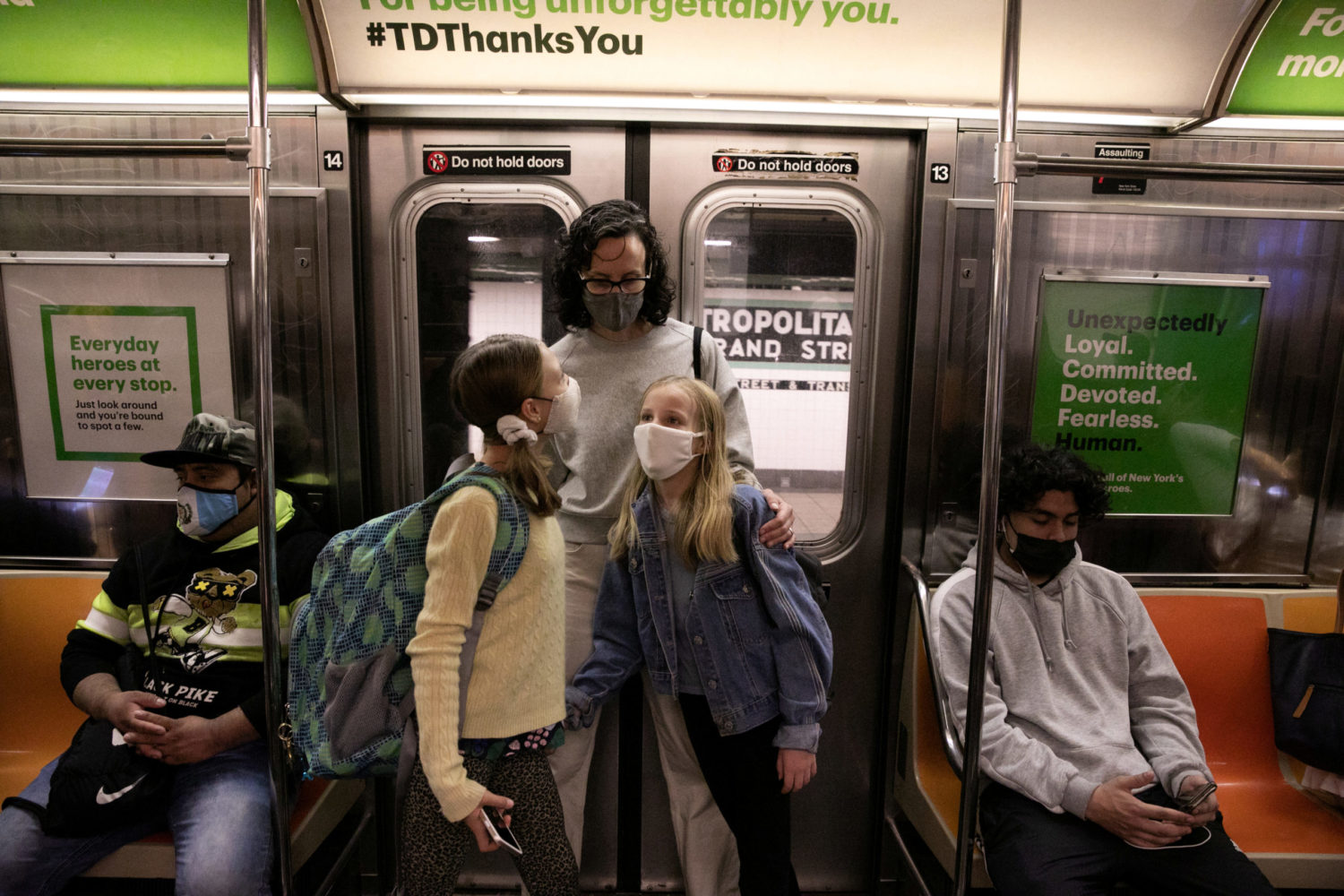
By Ernest Scheyder and Nick Brown
WARREN, Ohio/BANGOR, Penn. (Reuters) – As Americans digested the news on Friday that President Donald Trump had tested positive for the novel coronavirus, some of his backers expressed surprise that he hadn’t been safe from infection and said their support for him was not diminished.
“It was shocking,” said Maranda Joseph, 43, of Warren, Ohio, who has 12 Trump flags in her front yard festooned with skeletons and other Halloween decorations. “To see he has it wakes you up a bit. Anyone can get it, even the president.”
Trump tweeted early Friday morning that he and his wife, Melania, had tested positive after a whirlwind campaign week in which he visited seven states and debated with his Democratic rival in the November election, Joe Biden.
The Republican has played down the risks of the virus and COVID-19 disease that has killed more than 207,000 Americans, drawing criticism for his erratic messaging and recent resumption of campaign rallies where his supporters often are crowded together and don’t wear masks.
Officials in Minnesota and New Jersey – two of Trump’s stops this week – urged anyone who had attended his events to be tested.
Joseph, a homemaker, said she thinks more people should wear masks at future Trump rallies, though she added that she would attend one herself once the president recovers.
“People with compromised immune systems should stay home,” she said.
Some in Warren expressed skepticism that Trump even has the virus, citing Ohio Governor Mike DeWine’s positive test earlier this year before he tested negative later the same day.
“There’s so many false positives out there. Has Trump had a second test yet?” asked Sharon Tice, 70, who sells Trump T-shirts and other memorabilia. “But if he does have it, it could influence the way he sees things.”
Some Republicans said the diagnosis could actually help the President.
“Trump will prove to the American people that you can survive COVID,” said Cathy Lukasko, auxiliary chair of the Trumbull County, Ohio, Republican Party.
More than 7.2 million infections have been reported in the United States since the pandemic began seven months ago.
Lukasko was running the party’s offices on Friday without a mask, handing out signs for Trump and local Republican candidates.
“This might be a nice little break for him,” she said.
The reactions reflected a longstanding pattern – Americans are largely settled in their views on Trump. A Reuters/Ipsos poll published on Thursday showed that Biden holds a 9 point lead over Trump heading into the November election, the same margin in six of the last seven national polls, a period of time that has seen the death of Supreme Court Justice Ruth Bader Ginsburg and Tuesday night’s chaotic debate.
In Bangor, Pennsylvania, Trump supporter Jack Cooper, a 70-yaer-old retired electrician, said the president was paying the price for underestimating the virus’s dangers. He said, however, that would not stop him for voting for Trump again.
“He’s getting a taste of his own medicine,” said Cooper, who lives in a crucial swing district. “He was fooling around without a mask in big crowds. It’s like bringing a pit bull into a big crowd — something is gonna happen.”
(Reporting by Ernest Scheyder and Nick Brown, writing by Scott Malone; editing by Grant McCool)











